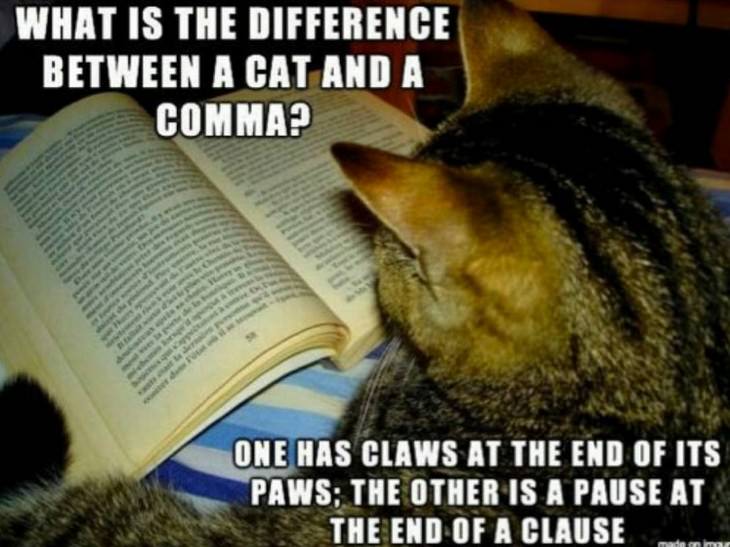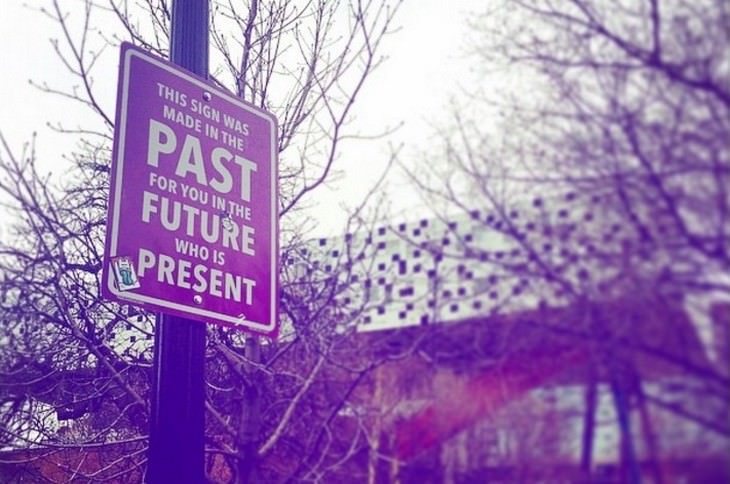
A View Of Downtown'a Main Street
Homer was founded in 1858 as seat for the newly established Banks County. Homer was incorporated as a town in 1859, and its first courthouse was built in 1863.
 Looking across the park downtown towards the old Banks County Courthouse, the large brick building in the left background
Looking across the park downtown towards the old Banks County Courthouse, the large brick building in the left background
Homer is among the earliest to hold the world record for an Easter egg hunt - 80,000 eggs, listed in the 1985 Guinness Book of World Records.
The event in the small town of 1,100 people is an Easter Sunday
tradition that has lasted 47 years. The egg hunt each year draws about
5,000 egg hunters, children and adults. Even though it no longer holds
the record, Homer has long touted its annual hunt as the world's
largest.
 A closeup of the Old Banks County Courthouse, now a tourist attraction
A closeup of the Old Banks County Courthouse, now a tourist attraction
 A view down a side street off the main street of Homer. The church is the First Baptist Church of Homer.
A view down a side street off the main street of Homer. The church is the First Baptist Church of Homer.
Education:
Banks County students in kindergarten to grade twelve are in the Banks County School District, which consists of two elementary schools, a middle school and a high school. The district has 150 full-time teachers and over 2,428 students.
- Banks County Elementary School
- Banks County Primary School
- Banks County Middle School
- Banks County High School
Demographics:
As of the
census[2] of 2000, there were 950 people, 366 households, and 249 families residing in the town. The
population density
was 99.1 people per square mile (38.2/km²). There were 406 housing
units at an average density of 42.4 per square mile (16.3/km²). The
racial makeup of the town was 84.32%
White, 11.79%
African American, 1.16%
Native American, 0.84%
Asian, 1.16% from
other races, and 0.74% from two or more races.
Hispanic or
Latino of any race were 2.00% of the population.
There were 366 households out of which 36.3% had children under the age of 18 living with them, 54.4% were
married couples
living together, 10.4% had a female householder with no husband
present, and 31.7% were non-families. 26.2% of all households were made
up of individuals and 12.6% had someone living alone who was 65 years of
age or older. The average household size was 2.60 and the average
family size was 3.16.
In the town, the population was spread out with 28.1% under the age
of 18, 10.5% from 18 to 24, 29.1% from 25 to 44, 20.5% from 45 to 64,
and 11.8% who were 65 years of age or older. The median age was 33
years. For every 100 females there were 95.5 males. For every 100
females age 18 and over, there were 95.1 males.
The median income for a household in the town was $35,500, and the
median income for a family was $41,667. Males had a median income of
$30,147 versus $23,438 for females. The
per capita income for the town was $17,353. About 8.9% of families and 13.3% of the population were below the
poverty line, including 14.3% of those under age 18 and 21.1% of those age 65 or over.
Source: wikipedia.com






























